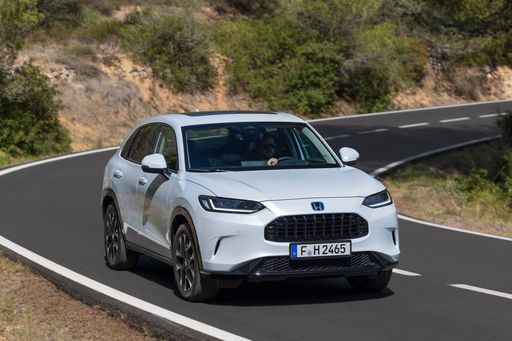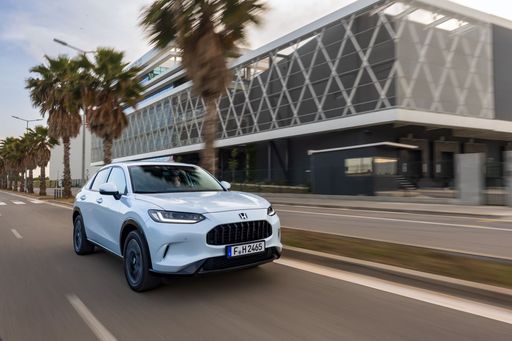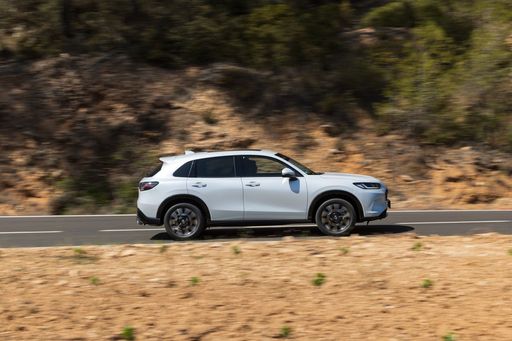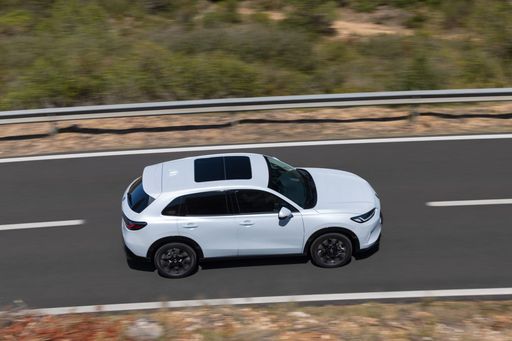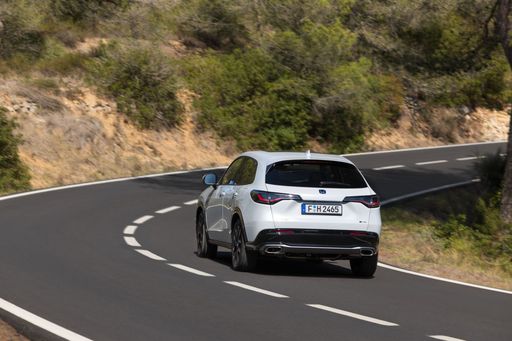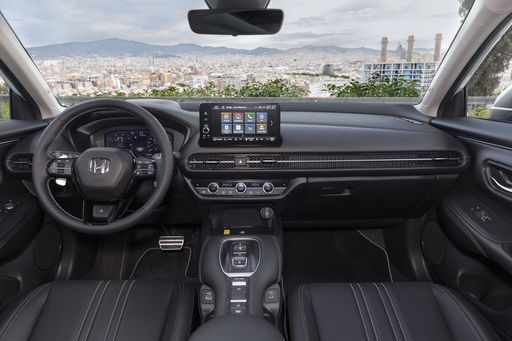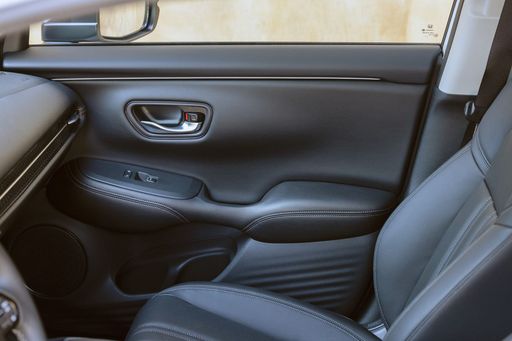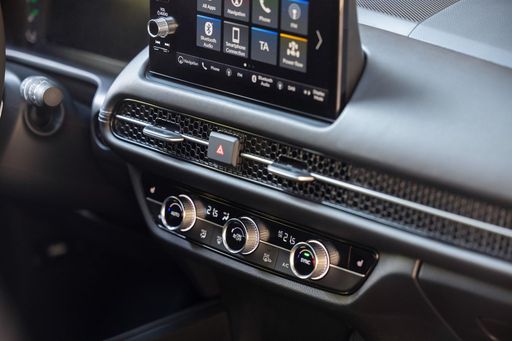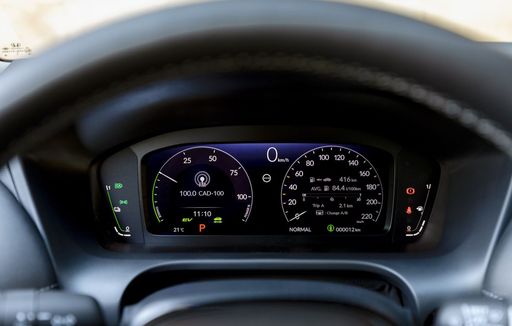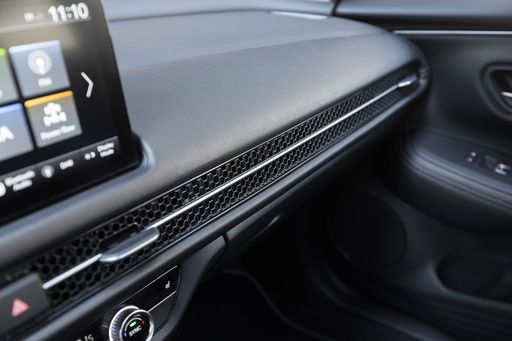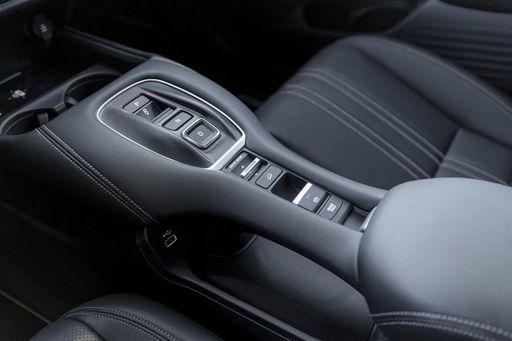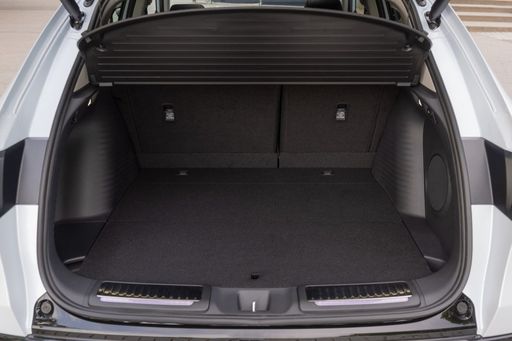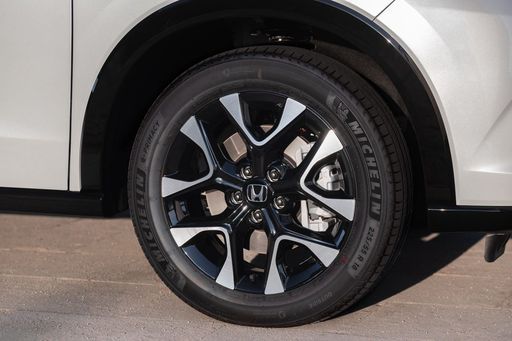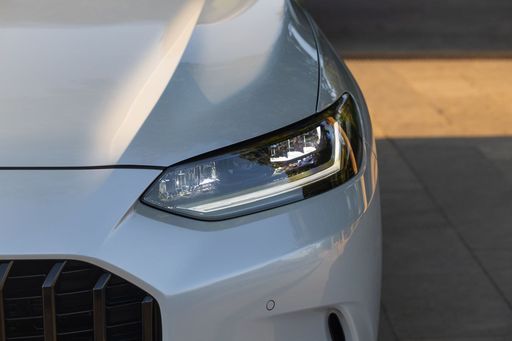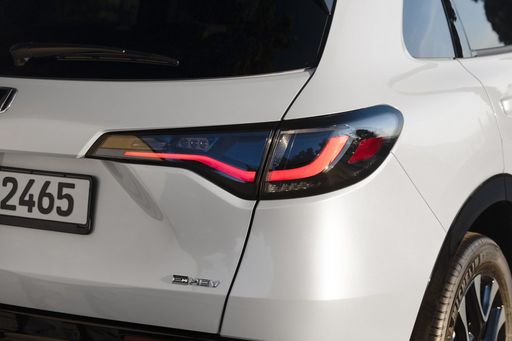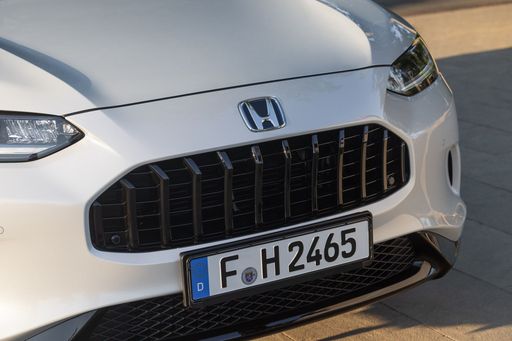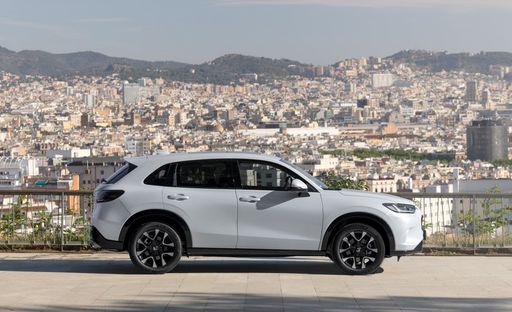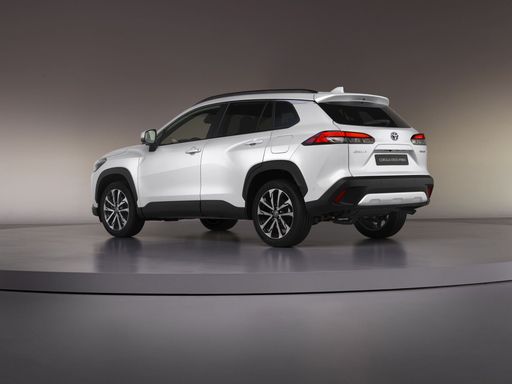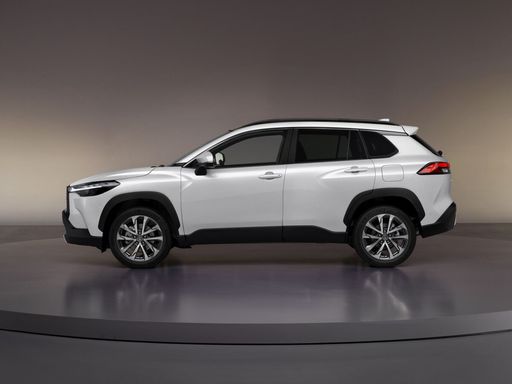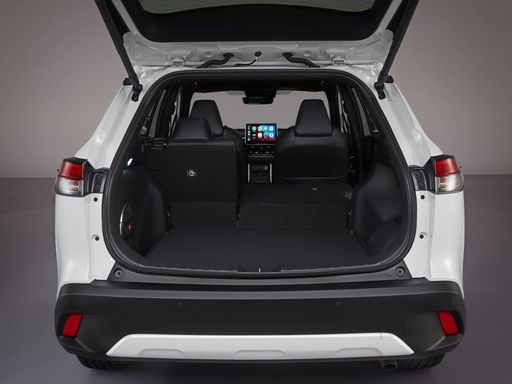Style That Speaks Volumes
The Honda ZR-V cuts a sportier figure, with slick proportions and a confident stance that whispers hatchback agility in crossover clothing. The Toyota Corolla Cross plays the dependable neighbor, upright and unfussy, with a hint of mini-adventurer charm. Both feel thoughtfully penned, but the Honda leans youthful and dynamic while the Toyota radiates practical calm. It’s bold strokes versus quiet assurance, and neither caricatures its brief.
Walk around them and you sense different moods: the ZR-V wants the scenic back road, the Corolla Cross the school run and weekend errands. Detailing in the Honda feels more polished, aimed at drivers who appreciate a bit of flourish. The Toyota counters with honest simplicity and rugged cues that promise low-drama ownership. Your driveway can wear either look well; it simply depends whether you prefer sleek or steadfast.


